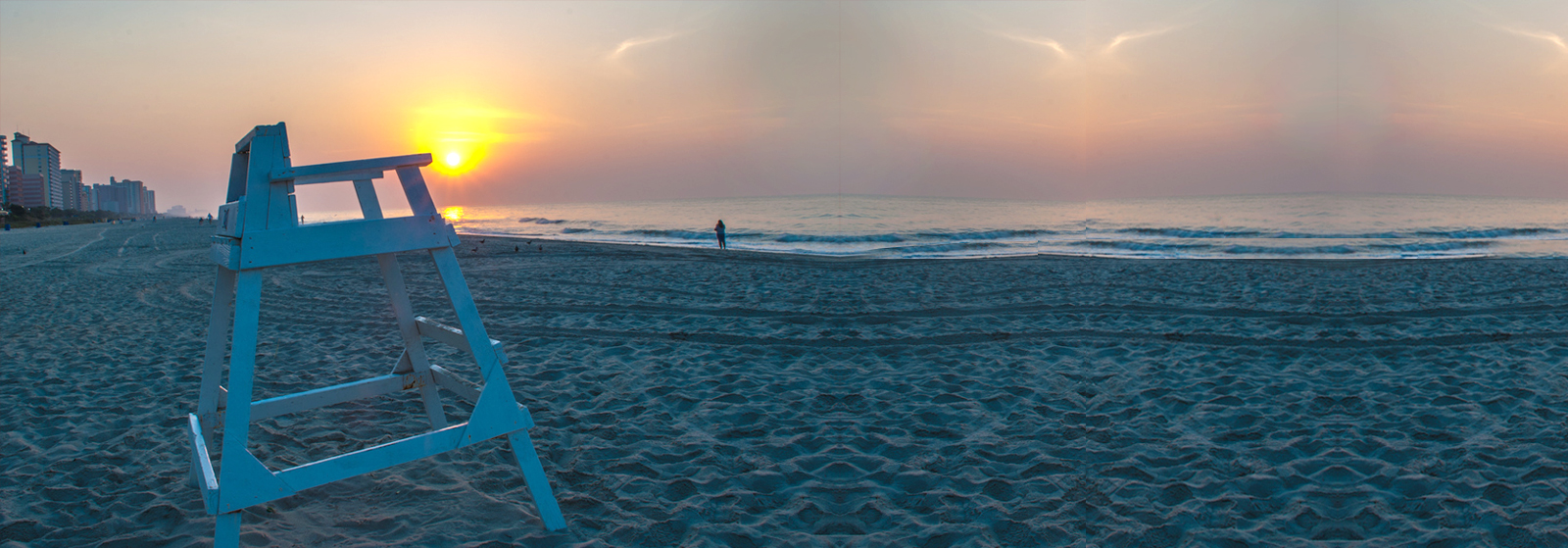

February 17, 2023 Water Safety
With the summer approaching, children always look forward to swimming with family and friends at local pools and backyards; however, recent statistics reveal that parents and children must understand the risks involved while swimming in pools and bathtubs.
Triathlon water safety experts in Western Australia recommend that swimming and water safety knowledge can significantly reduce a child’s drowning risk and provide them with skills that may one day save a life.
Statistics show children aged 1–4 years have the highest drowning rates. The majority of drownings in children happen in swimming pools. Drowning can happen even when children are not expected to be around water, such as when they gain unsupervised access to pools.
That’s why you should look for lifeguards for hire in Western Australia if you have a personal pool and your kid is learning to swim. Fatal drowning is the leading cause of death for children 1-4 and the second leading cause of unintentional injury death for children 5-14 after motor vehicle crashes.
People drown when excess water gets into their lungs. When that happens, the lungs cannot pump oxygen into the blood, leading to little or no oxygen reaching the brain and the rest of the body.
Drowning can be sudden and happen so quickly that it leaves little time for someone to act. Drowning is typically silent and is not easy to identify. A struggling or distressed swimmer often cannot shout for help as their respiratory system is trying to breathe. The swimmer’s arms are generally underwater, helping to push the body toward the surface.
Hence, it can be difficult for parents and others to understand if a child is drowning. That’s why a child’s understanding of water safety is very important rather than searching for lifeguards for hire in Western Australia.
Here are some safety rules by experts that children should follow every time they are near water:
1. First and foremost, important – never swim alone!
2. Always swim within reach of a lifeguard and in areas marked for swimmers to use.
3. School authorities should ensure the premises’ swimming pool has a lifeguard appointed. If not, look for lifeguards for hire in Western Australia.
4. Wear protective gear like a life jacket when playing in open water areas like beaches, ponds, or lakes.
5. Never pretend to be drowning. The lifeguard may not take you seriously when the actual incident happens.
6. Learn to swim. Schools should ensure kids undergo school water safety WA sessions.
7. Don’t swim or play in the water in the dark.
8. Children must be made aware of the dangers of rip currents and taught how to escape them.
9. Teach them to swim parallel to the shore to escape the rip currents and then swim at an angle back to shore to escape the currents.
10. Triathlon water safety experts in Western Australia advise parents, teens, and fellow children to know where rescue equipment is kept around the pool and how to use it.
11. Teaching kids how to throw rescue equipment to a distressed swimmer is important, rather than jumping in to help.
Teaching school water safety to kids in WA should be taken very seriously. It’s good to teach your child about water safety and how to swim from a young age. It will help them understand the dangers in the water and know how to behave.
Swimming is one of the non-negotiable life skills that parents should look to acquire for their children as soon as possible for home or school water safety in WA. While a range of extra-curricular skills activities are essential for children to develop as rounded individuals, none are as vital and fundamental as learning to swim.
Furthermore, knowing First aid is another essential skill set for the entire family to learn. If you know how to perform CPR and how to act in case of an emergency, it could save your child’s life. Contact West Coast Water Safety to learn more about Triathlon water safety in Western Australia.